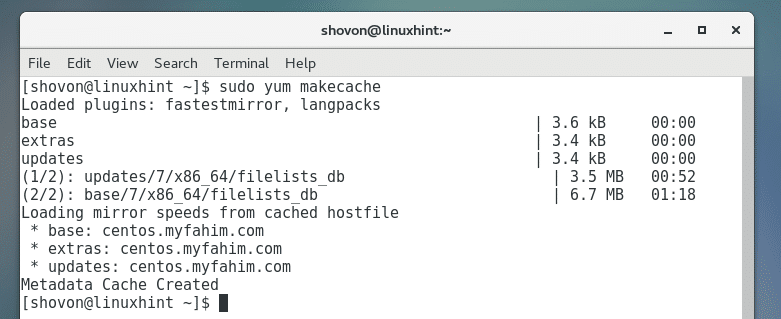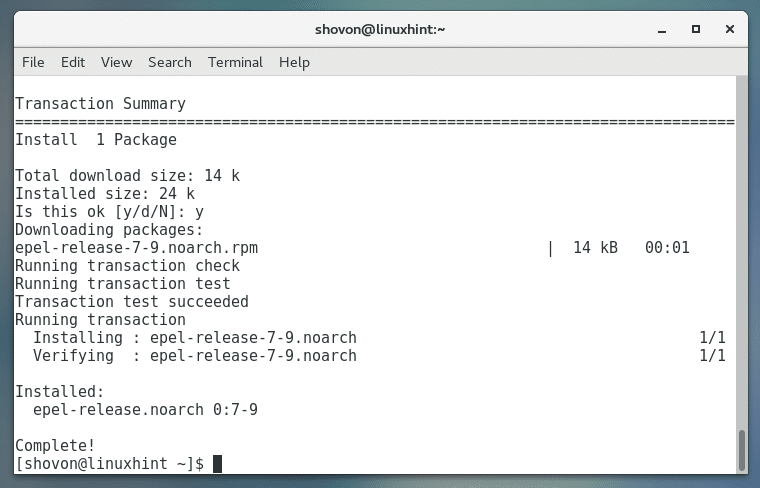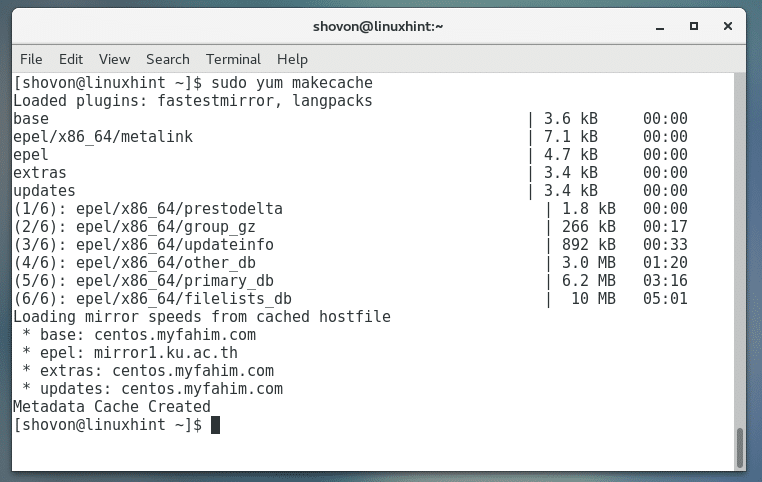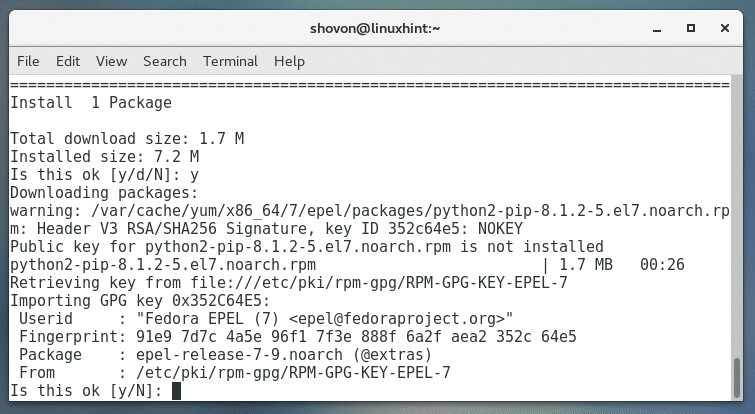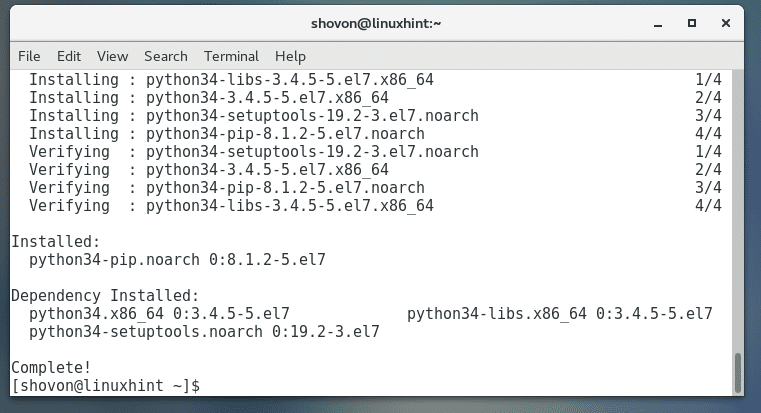Examples
# Note: These examples do not set authentication details, see the AWS Guide for details.
# Basic provisioning example
- amazon.aws.ec2:
key_name: mykey
instance_type: t2.micro
image: ami-123456
wait: yes
group: webserver
count: 3
vpc_subnet_id: subnet-29e63245
assign_public_ip: yes
# Advanced example with tagging and CloudWatch
- amazon.aws.ec2:
key_name: mykey
group: databases
instance_type: t2.micro
image: ami-123456
wait: yes
wait_timeout: 500
count: 5
instance_tags:
db: postgres
monitoring: yes
vpc_subnet_id: subnet-29e63245
assign_public_ip: yes
# Single instance with additional IOPS volume from snapshot and volume delete on termination
- amazon.aws.ec2:
key_name: mykey
group: webserver
instance_type: c3.medium
image: ami-123456
wait: yes
wait_timeout: 500
volumes:
- device_name: /dev/sdb
snapshot: snap-abcdef12
volume_type: io1
iops: 1000
volume_size: 100
delete_on_termination: true
monitoring: yes
vpc_subnet_id: subnet-29e63245
assign_public_ip: yes
# Single instance with ssd gp2 root volume
- amazon.aws.ec2:
key_name: mykey
group: webserver
instance_type: c3.medium
image: ami-123456
wait: yes
wait_timeout: 500
volumes:
- device_name: /dev/xvda
volume_type: gp2
volume_size: 8
vpc_subnet_id: subnet-29e63245
assign_public_ip: yes
count_tag:
Name: dbserver
exact_count: 1
# Multiple groups example
- amazon.aws.ec2:
key_name: mykey
group: ['databases', 'internal-services', 'sshable', 'and-so-forth']
instance_type: m1.large
image: ami-6e649707
wait: yes
wait_timeout: 500
count: 5
instance_tags:
db: postgres
monitoring: yes
vpc_subnet_id: subnet-29e63245
assign_public_ip: yes
# Multiple instances with additional volume from snapshot
- amazon.aws.ec2:
key_name: mykey
group: webserver
instance_type: m1.large
image: ami-6e649707
wait: yes
wait_timeout: 500
count: 5
volumes:
- device_name: /dev/sdb
snapshot: snap-abcdef12
volume_size: 10
monitoring: yes
vpc_subnet_id: subnet-29e63245
assign_public_ip: yes
# Dedicated tenancy example
- amazon.aws.ec2:
assign_public_ip: yes
group_id: sg-1dc53f72
key_name: mykey
image: ami-6e649707
instance_type: m1.small
tenancy: dedicated
vpc_subnet_id: subnet-29e63245
wait: yes
# Spot instance example
- amazon.aws.ec2:
spot_price: 0.24
spot_wait_timeout: 600
keypair: mykey
group_id: sg-1dc53f72
instance_type: m1.small
image: ami-6e649707
wait: yes
vpc_subnet_id: subnet-29e63245
assign_public_ip: yes
spot_launch_group: report_generators
instance_initiated_shutdown_behavior: terminate
# Examples using pre-existing network interfaces
- amazon.aws.ec2:
key_name: mykey
instance_type: t2.small
image: ami-f005ba11
network_interface: eni-deadbeef
- amazon.aws.ec2:
key_name: mykey
instance_type: t2.small
image: ami-f005ba11
network_interfaces: ['eni-deadbeef', 'eni-5ca1ab1e']
# Launch instances, runs some tasks
# and then terminate them
- name: Create a sandbox instance
hosts: localhost
gather_facts: False
vars:
keypair: my_keypair
instance_type: m1.small
security_group: my_securitygroup
image: my_ami_id
region: us-east-1
tasks:
- name: Launch instance
amazon.aws.ec2:
key_name: "{{ keypair }}"
group: "{{ security_group }}"
instance_type: "{{ instance_type }}"
image: "{{ image }}"
wait: true
region: "{{ region }}"
vpc_subnet_id: subnet-29e63245
assign_public_ip: yes
register: ec2
- name: Add new instance to host group
add_host:
hostname: "{{ item.public_ip }}"
groupname: launched
loop: "{{ ec2.instances }}"
- name: Wait for SSH to come up
delegate_to: "{{ item.public_dns_name }}"
wait_for_connection:
delay: 60
timeout: 320
loop: "{{ ec2.instances }}"
- name: Configure instance(s)
hosts: launched
become: True
gather_facts: True
roles:
- my_awesome_role
- my_awesome_test
- name: Terminate instances
hosts: localhost
tasks:
- name: Terminate instances that were previously launched
amazon.aws.ec2:
state: 'absent'
instance_ids: '{{ ec2.instance_ids }}'
# Start a few existing instances, run some tasks
# and stop the instances
- name: Start sandbox instances
hosts: localhost
gather_facts: false
vars:
instance_ids:
- 'i-xxxxxx'
- 'i-xxxxxx'
- 'i-xxxxxx'
region: us-east-1
tasks:
- name: Start the sandbox instances
amazon.aws.ec2:
instance_ids: '{{ instance_ids }}'
region: '{{ region }}'
state: running
wait: True
vpc_subnet_id: subnet-29e63245
assign_public_ip: yes
roles:
- do_neat_stuff
- do_more_neat_stuff
- name: Stop sandbox instances
hosts: localhost
gather_facts: false
vars:
instance_ids:
- 'i-xxxxxx'
- 'i-xxxxxx'
- 'i-xxxxxx'
region: us-east-1
tasks:
- name: Stop the sandbox instances
amazon.aws.ec2:
instance_ids: '{{ instance_ids }}'
region: '{{ region }}'
state: stopped
wait: True
vpc_subnet_id: subnet-29e63245
assign_public_ip: yes
#
# Start stopped instances specified by tag
#
- amazon.aws.ec2:
instance_tags:
Name: ExtraPower
state: running
#
# Restart instances specified by tag
#
- amazon.aws.ec2:
instance_tags:
Name: ExtraPower
state: restarted
#
# Enforce that 5 instances with a tag "foo" are running
# (Highly recommended!)
#
- amazon.aws.ec2:
key_name: mykey
instance_type: c1.medium
image: ami-40603AD1
wait: yes
group: webserver
instance_tags:
foo: bar
exact_count: 5
count_tag: foo
vpc_subnet_id: subnet-29e63245
assign_public_ip: yes
#
# Enforce that 5 running instances named "database" with a "dbtype" of "postgres"
#
- amazon.aws.ec2:
key_name: mykey
instance_type: c1.medium
image: ami-40603AD1
wait: yes
group: webserver
instance_tags:
Name: database
dbtype: postgres
exact_count: 5
count_tag:
Name: database
dbtype: postgres
vpc_subnet_id: subnet-29e63245
assign_public_ip: yes
#
# count_tag complex argument examples
#
# instances with tag foo
- amazon.aws.ec2:
count_tag:
foo:
# instances with tag foo=bar
- amazon.aws.ec2:
count_tag:
foo: bar
# instances with tags foo=bar & baz
- amazon.aws.ec2:
count_tag:
foo: bar
baz:
# instances with tags foo & bar & baz=bang
- amazon.aws.ec2:
count_tag:
- foo
- bar
- baz: bang


